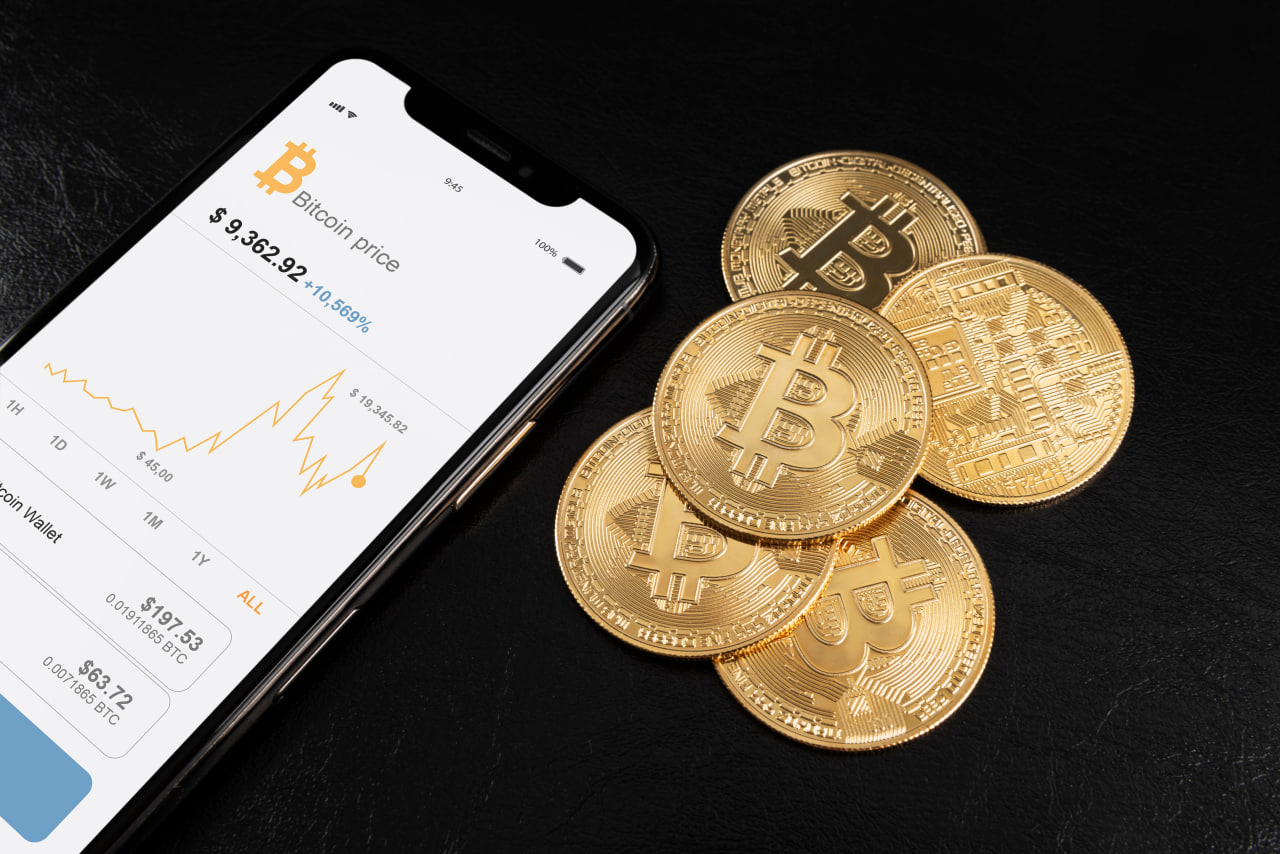Cryptocurrencies, initially envisioned for anonymous payments, are now gaining mainstream traction. While price fluctuations dominate headlines, understanding how to use crypto for payments is crucial given its increasing adoption. Paying with cryptocurrency, although the underlying technology is complex, is becoming increasingly straightforward.
Acquiring Cryptocurrency
While direct peer-to-peer acquisition is possible, the easiest and generally safest method for obtaining cryptocurrency involves using a regulated exchange. These platforms allow you to exchange traditional fiat currency (like USD or EUR) for cryptocurrencies. Reputable exchanges such as Coinbase, Binance.US, Kraken, and Gemini offer user-friendly interfaces, secure storage of your private keys (optional), and customer support. To get started, simply create an account and fund it with fiat currency.
Cryptocurrency Wallets: Your Gateway to Crypto Payments
A cryptocurrency wallet is essential for making payments. These wallets, available as software applications for your computer or mobile device, act as your interface for interacting with the blockchain and managing your cryptocurrency.
It’s important to understand that your wallet doesn’t actually store the cryptocurrency itself. Instead, it securely holds the private keys necessary to access and authorize transactions on the blockchain. Your wallet also generates a public key, which functions similarly to an email address, allowing others to send you cryptocurrency.
Numerous wallets exist, each with varying features, security protocols, and cryptocurrency compatibility. Some support a wide range of cryptocurrencies, while others are designed for specific ones. Consider factors like security features (e.g., two-factor authentication, multi-signature support), user interface, supported cryptocurrencies, and community reputation when choosing a wallet. Hardware wallets (physical devices) offer enhanced security by storing your private keys offline.
Sending and Receiving Cryptocurrency Payments
The process of sending and receiving cryptocurrency payments varies slightly depending on the wallet you use. However, the general steps are outlined below:
Sending a Payment:
1. Open your cryptocurrency wallet application.
2. Locate and select the “Send” or “Payment” option.
3. Enter the amount of cryptocurrency you wish to send.
4. Provide the recipient’s wallet address (either by manually entering it or scanning a QR code). Double-check the address for accuracy, as transactions are irreversible.
5. Review the transaction details, including the amount, recipient address, and any associated network fees.
6. Confirm the transaction. You may be prompted to enter your wallet password or use biometric authentication.
7. The transaction will be broadcast to the blockchain for verification.
Receiving a Payment:
1. Open your cryptocurrency wallet application.
2. Locate and select the “Receive” or “Request Payment” option.
3. Your wallet will generate a unique public address (or a QR code representing the address).
4. Share this address with the sender.
5. Once the sender initiates the payment, you will receive a notification in your wallet when the transaction is confirmed on the blockchain.
Where Can You Spend Cryptocurrency? Expanding Acceptance
While cryptocurrency adoption is still evolving, the number of merchants and service providers accepting crypto payments is steadily increasing. Cryptocurrency payment gateways play a crucial role in facilitating these transactions by handling the conversion of cryptocurrency to fiat currency for merchants, mitigating price volatility risks.
Here are some examples of businesses that accept cryptocurrency directly or through payment processors:
- Online Retailers: Overstock, Newegg
- Technology Companies: Microsoft
- Payment Processors: PayPal (selected cryptocurrencies), BitPay
- Entertainment: AMC Theaters
- Telecommunications: AT&T
- Food and Beverage: Starbucks (through partnerships)
- Travel: Expedia (through third-party integrations)
Furthermore, many smaller businesses and brick-and-mortar stores are beginning to accept cryptocurrency, often displaying signs indicating the accepted cryptocurrencies at the point of sale.
Beyond the Basics: Understanding Transaction Fees and Confirmation Times
Cryptocurrency transactions typically involve network fees, which are paid to miners or validators to process and confirm transactions on the blockchain. These fees can vary depending on network congestion and the specific cryptocurrency.
Confirmation times, the time it takes for a transaction to be verified and added to the blockchain, can also vary. Some cryptocurrencies, like Bitcoin, may take longer to confirm transactions compared to others, like Litecoin or Ripple. Understanding these factors is essential for a smooth payment experience.
The Future of Cryptocurrency Payments
Cryptocurrency payments offer several potential benefits, including lower transaction fees (in some cases), faster international transfers, and increased privacy. As the technology matures and adoption grows, we can expect to see even wider acceptance of cryptocurrency for everyday transactions. The development of layer-2 scaling solutions (e.g., Lightning Network for Bitcoin) promises to further improve transaction speeds and reduce fees, making cryptocurrency payments even more practical for widespread use.
As cryptocurrencies become more integrated into everyday transactions, they also open new doors for charitable giving. If you’re looking to make a meaningful impact, consider donating cryptocurrency to support vulnerable communities through islamicdonate.com . Your crypto donation is fast, secure, and helps us deliver food, shelter, and hope to those in need across the world. Learn more about our mission and how you can contribute at islamicdonate.com.



